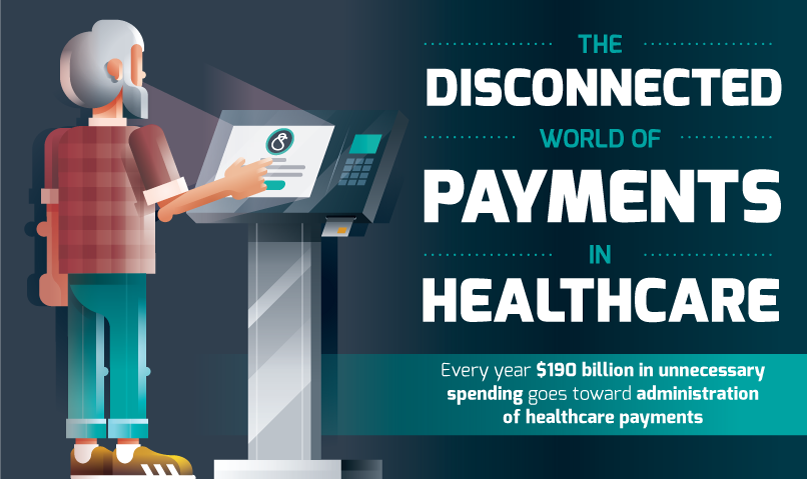Working from home and the flexible work revolution is here to stay – a silver lining from what the pandemic taught us about the workforce. Now it’s time to improve the future of networking to support this distributed workforce movement. Learn more in the infographic below:



















